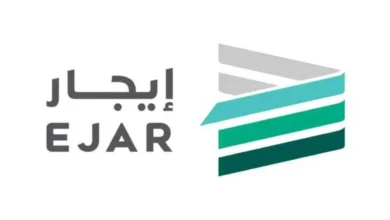body data request with application/octet-stream

body data request with application/octet-stream: Application/octet-stream is a content type utilized for binary data in HTTP requests. This content type does not specify the format or structure of the data being sent, allowing it to be used for any type of binary data. Body data requests with application/octet-stream can be used to send images, audio files, video files or any other type of binary data. It is important to ensure that the correct content type is specified in the HTTP request, so that the server can understand the data being sent. However, it is essential to make sure that the data being sent adheres to the server’s requirements, as certain servers may only accept specific types of binary data. In order to avoid errors when using application/octet-stream, it is recommended to consult the documentation provided by the server, and follow their guidelines for sending binary data.
Understanding the Use of Application/octet-stream in Body Data Requests
HTTP Requests play a crucial role in sending and receiving data between clients and servers. One such HTTP Request is the use of application/octet-stream, which is a media type that transfers data in an 8-bit pure fashion. It is commonly used for sending binary data, video, or audio files to servers where the server analyzes the data and sends back a response.
To send an HTTP POST request with application/octet-stream in Android, one can use the Apache HttpClient library to create an InputStream of the content and format a POST request. The Content-Type of the POST request should be set to application/octet-stream, and the crucial information for sending the request is MP4, MOV, or WMV file format with an upper limit of 100MB.
In StreamSets, if the response content-type from an API is application/octet-stream, it can be saved as binary and then converted to the required format.
In conclusion, understanding the use of HTTP Request with application/octet-stream is crucial for sending and receiving binary data, video, or audio files. By following the tips and examples provided, clients can successfully send HTTP requests with application/octet-stream and receive a response from the server
HTTP Requests with Application/octet-stream: Examples and Tips
HTTP Requests with application/octet-stream refer to transferring a stream of application-specific octets or bytes through an HTTP action. This transfer is subjective and can be achieved using different methods. The main aspect of the HTTP request is the content-type, which is set to application/octet-stream.
To use this type of request with Android, one can send an URL to the server by using HTTP POST. Microsoft’s Cognitive Video Service, for example, provides a format for HTTP POST requests, which is used when uploading a downloaded video to the server. The format for the HTTP POST request should include the content type set to application/octet-stream. The accepted input formats are MP4, MOV, or WMV, with an upper limit of 100MB.
To send image files for cognitive-services face detection, one can use the org.apache.httpcomponents::httpclient library. The example provided on Stack Overflow uses a testSendBinary() function that sets the content type to application/octet-stream and sets the request body with a FileEntity.
It is important to note that the media type application/octet-stream is a catch-all for any content that will be transferred in an 8-bit pure fashion. Therefore, the server might apply a heuristic to determine the actual content of the stream. This type of request can be used to send any application-specific data, as long as the content type is set correctly in the request.
To work with HTTP clients where the response content-type from API is application/octet-stream in StreamSets, one can start by saving the response as binary and running a process that converts this binary to the required format. The StreamSets Community offers helpful resources and support for this type of request.
In summary, HTTP requests with application/octet-stream provide a flexible way to send and receive application-specific data through HTTP actions. However, it is crucial to set the content type correctly to ensure that the server can process the request correctly. By following the tips and examples provided, users can effectively work with this type of request to enhance their applications and data processing workflows.
HTTP Client and Server Examples for Application/octet-stream Requests
HTTP client and server examples for application/octet-stream requests are widely used for transferring binary data over HTTP request body. This content-type is particularly useful in sending files over HTTP. One can easily create HTTP clients and servers in languages like Golang for sending and receiving such requests. To make use of such requests, one must set the content-type of the request to application/octet-stream. The request body can then be passed as bytes to the method. As a result, a file can be converted into bytes and sent as the body of a POST request. At the server end, the bytes received in a POST request can be parsed and saved to a file. The accepted input formats are limited to MP4, MOV, or WMV, with an upper limit of 100MB. With the correct implementation and configuration of clients and servers, application/octet-stream requests can be used to transfer binary data effectively and efficiently.




